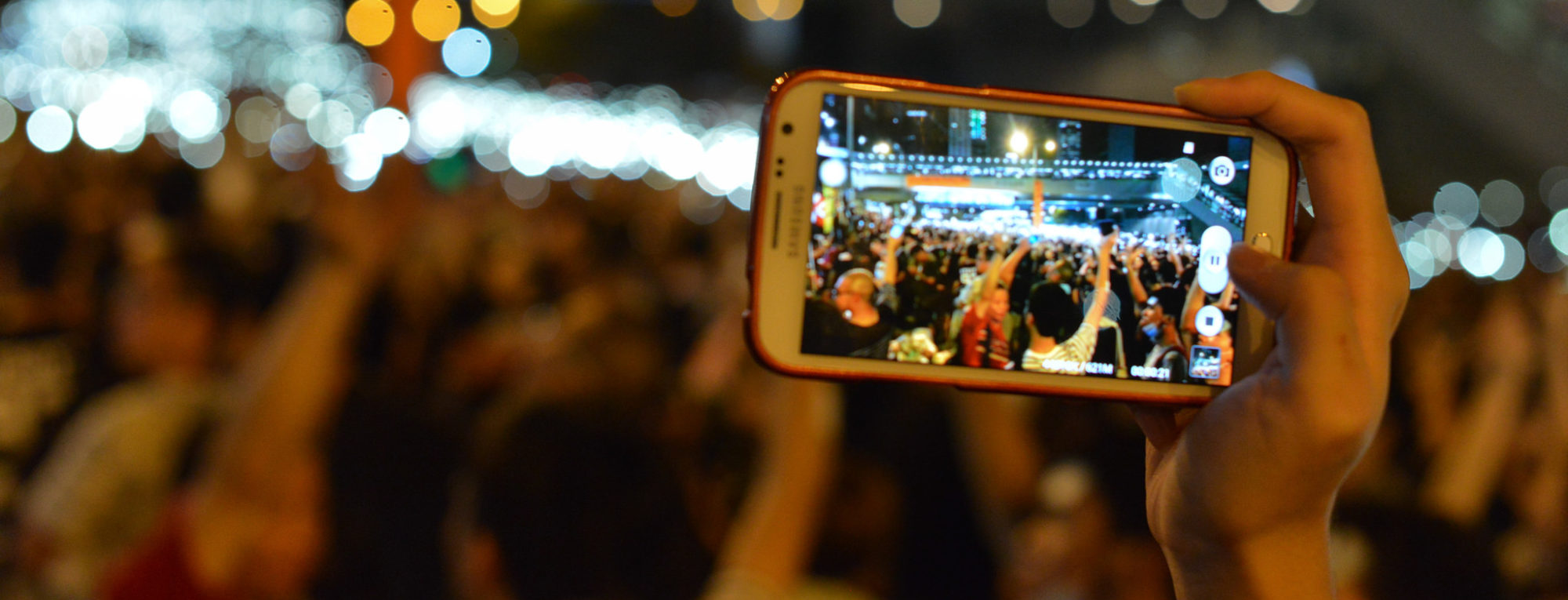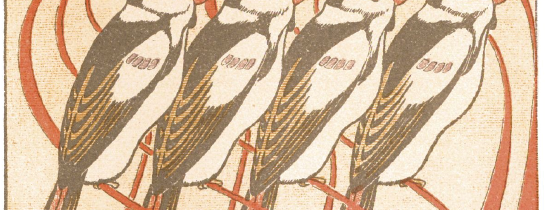On friday, July 8, CNSC member Marta Cambronero participated in Similarity, Selection and Influence: A Cross-Disciplinary Symposium on Homophily in Social Networks organized by the The Patio and the Centre for Digital Humanities at the University of Groningen to talk about networked practices response to online hate speech providing a presentation titled “Actor’s similarity in a networked response to online hate speech”.
Abstract
A case of homophily in a crowdsourced news gatekeeping and framing process during a response to an online hate speech crisis in Spain?
The difficulties to tackle online hate speech are limiting the potentialities for the democratization of the public sphere initially introduced by social media. Far-right parties are taking advantage of this playground to stress and saturate the conversational space provided by digital platforms. Online hate speech is limiting the reaching of vulnerabilized social groups to broader audiences but also striking a further blow to the original public sphere function as a linking space between public opinion and the states performance. Complexities presented by both the hate speech concept and its materialization on platforms complicate finding universal solutions to restrict it in all contexts, which leaves a significant margin of intervention to social media users. A general activists’ recommendation points to not to interact with any hatred content, including its frames, to avoid its amplification. However, it seems anti-hate users are able to stop hatred attacks, at least temporarily, when they respond massively and simultaneously. This study examines a real case of a users’ networked practice in which they crafted a partly effective, though ephemeral, response to online hate speech. Which different types of users got involved? Which elements explain the success of the networked response? For answering this, it is proposed a customized version of the Meraz and Papacharissi (2013) analysis method that allowed them to conclude there was a notable shift in the news gatekeeping and framing processes in the hybrid media system as a consequence of the massive and persistent use of social media in support of the Egypt protests in 2011. My analysis is aimed to describe the networked aspect in the composition and spread of news frames during a migration policy crisis faced by the Spanish government in May 2021 where tens of thousands of different profile users brought together spontaneously around the hashtag #GraciasLuna in an apparently successful, although limited, attempt to curb the uncontrolled spread of hatred. Preliminary findings point to the existence of racial homophily in the network conformation which might influence the shape of news frames resulting from the crowdsourced selection of facts and emotions. Future research will provide some insights about the tensions between emergent public representations of identities constructed around race or gender and the pre-existing representations of those identities reproduced in the mass media.
Useful links
Image by: The Patio and the Centre for Digital Humanities at the University of Groningen

